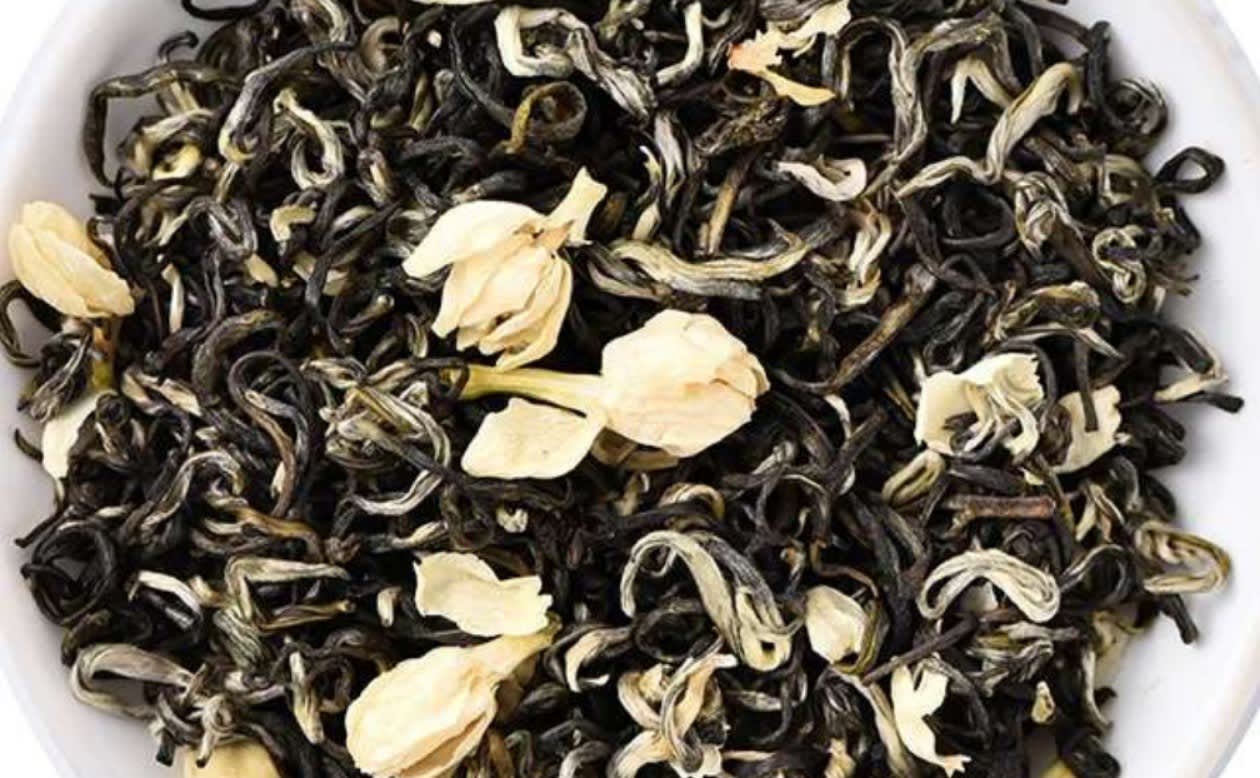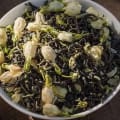Jasmine Tea's Journey to Japan
Jasmine tea, originally from China, has found a revered place in Japanese tea culture. Though Japan is primarily known for its varieties of green tea like Sencha and Matcha, Jasmine Green Tea and Jasmine Dragon Pearl Tea have captivated the Japanese with their delicate flavors and soothing floral aromas. This introduction happened through cultural exchanges between China and Japan, where the appreciation of tea as an art form has deep historical roots.The Subtle Charm of Jasmine Green Tea
In Japan, Jasmine Green Tea is celebrated for its subtle, refreshing flavor profile and its gentle, calming effects. Japanese tea drinkers often seek out this tea for its therapeutic qualities, particularly its ability to soothe the mind and promote relaxation. The process of scenting Japanese green tea with jasmine blossoms without overwhelming the natural taste of the tea leaves is a delicate art, mirroring the Japanese aesthetic of balance and natural beauty.Jasmine Dragon Pearl Tea: A Symbol of Perfection
Jasmine Dragon Pearl Tea is particularly prized for its visual and sensory appeal. Each pearl is meticulously hand-rolled from the finest green tea leaves and scented multiple times with jasmine flowers to ensure a rich, layered infusion. In Japan, where presentation and methodical preparation are integral to the cultural practices surrounding tea, the pearls represent a perfect synthesis of form and essence. This tea is often reserved for special occasions or as a refined gift, reflecting the Japanese value of omotenashi, or selfless hospitality.Brewing Techniques and Ceremonial Significance
The traditional Japanese tea ceremony, known as Chanoyu, focuses on the preparation, serving, and consumption of tea, often in a highly ritualized manner. While Jasmine Tea is not typically used in these ceremonies, the Japanese apply similar principles of mindfulness and aesthetics when brewing Jasmine Green Tea and Jasmine Dragon Pearl Tea. The ideal temperature and steeping times are carefully observed to ensure that the essence of the jasmine is perfectly captured, enhancing the natural flavors of the green tea.Modern Adaptations and Popular Culture
In contemporary Japan, Jasmine Tea has adapted to modern tastes and lifestyles. It is not uncommon to find Jasmine Tea served in cafes, often alongside Western-style cakes and sweets, or even blended into innovative beverages like jasmine tea lattes. The fusion of traditional tea with modern culinary trends speaks to the adaptability of Jasmine Tea within Japanese culture, appealing to both traditionalists and a younger, more global audience.In conclusion, while Jasmine Green Tea and Jasmine Dragon Pearl Tea may not originate from Japan, their integration into Japanese tea culture is a testament to the country's openness to embrace and refine external influences. These teas not only offer a sensory delight but also bridge cultural gaps, illustrating how traditions can transcend borders and become cherished parts of new worlds.




